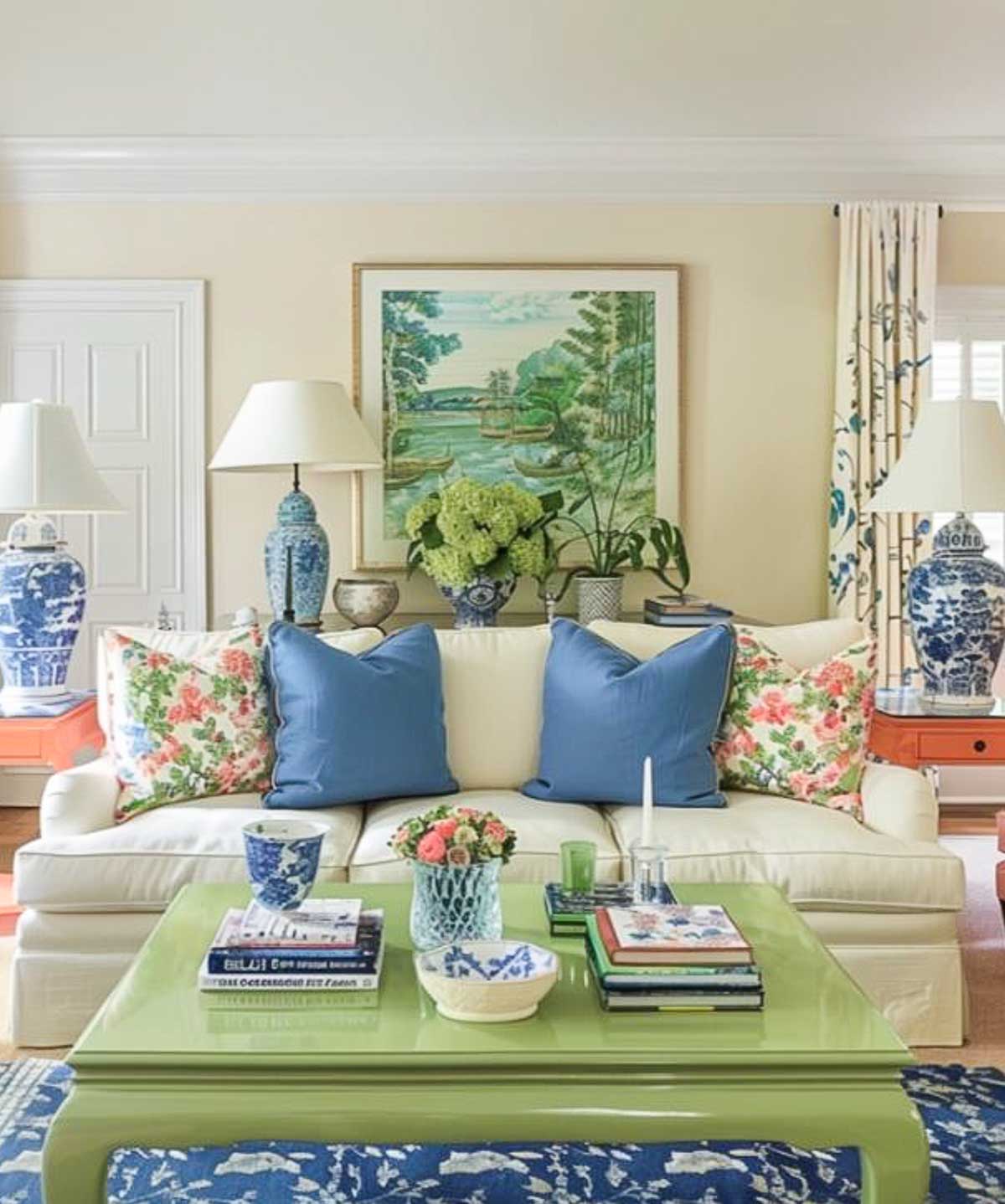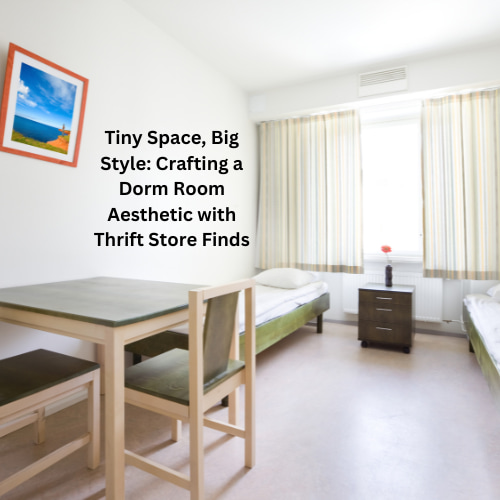
So, you’re looking to revamp your living space? Whether you’re dreaming of a minimalist haven, a vibrant bohemian retreat, or a cozy farmhouse escape, finding the perfect decor ideas can feel overwhelming. The good news is, transforming your home doesn’t require a complete overhaul or a hefty budget. This comprehensive guide is packed with inspiring home decor solutions, tailored to help you create a space that reflects your personal style and enhances your everyday life. We’ll dive deep into various styles, practical tips, and budget-friendly options, ensuring you feel confident in tackling your next interior design project.
Defining Your Style: The Foundation of Effective Home Decor Solutions

Before diving into specific decor ideas, it’s crucial to identify your personal style. Scrolling through Pinterest and Instagram can be inspiring, but it’s easy to get lost in a sea of trends. Instead, consider what truly resonates with you. Do you prefer clean lines and minimalist aesthetics? Or are you drawn to the warmth of rustic charm or the eclectic mix of bohemian style?
Exploring Different Decor Styles:
- Minimalist: Characterized by clean lines, neutral colors, and a focus on functionality. Less is more! This style emphasizes simplicity and creates a sense of calm.
- Bohemian: A free-spirited style incorporating global influences, textures, vibrant colors, and layered patterns. Think flowing fabrics, macrame wall hangings, and eclectic furniture.
- Farmhouse: Rustic and charming, this style features natural materials like wood and stone, neutral color palettes, and vintage or antique accents. Think cozy and inviting.
- Mid-Century Modern: Defined by clean lines, organic shapes, and a focus on functionality. Think iconic furniture pieces, warm wood tones, and pops of color.
- Scandinavian: Emphasizes simplicity, functionality, and natural light. Characterized by light color palettes, natural materials, and minimal clutter.
Experiment with mood boards – collect images, fabric swatches, and paint chips that reflect your chosen style. This visual representation will guide your decisions and prevent impulsive purchases.
Home Decor Solutions: Mastering the Art of Space Planning

Once you’ve established your style, it’s time to consider the practical aspects of home decor. Effective space planning is key to creating a functional and aesthetically pleasing environment.
Maximizing Small Spaces:
Living in a small space doesn’t mean sacrificing style. Clever storage solutions are crucial. Think vertical shelving, ottomans with storage, and wall-mounted organizers. Mirrors can also create the illusion of more space, while light, airy colors can make a room feel larger.
Creating Flow and Balance:
Consider the flow of traffic in your home. Furniture placement should be strategic, allowing for easy movement and preventing bottlenecks. Balance is equally important; you don’t want one area to feel overly cluttered while another is starkly empty. A balanced design creates a sense of harmony and visual appeal.
The Power of Lighting:
Lighting plays a crucial role in setting the mood and highlighting your decor. Layer your lighting with a combination of ambient, task, and accent lighting. Ambient lighting provides overall illumination, task lighting focuses on specific areas (like reading), and accent lighting highlights artwork or architectural features. Experiment with different types of bulbs – warmer tones create a cozy atmosphere, while cooler tones feel more modern and crisp.
Budget-Friendly Decor Ideas: Style Without Breaking the Bank

Transforming your home doesn’t have to drain your bank account. There are countless creative and affordable decor ideas to explore.
DIY Projects:
Unleash your inner artist with DIY projects. Repurpose old items, create your own artwork, or upcycle furniture. There are countless tutorials online for everything from painting furniture to making your own throw pillows. This not only saves money but also adds a personal touch to your home.
Thrifting and Secondhand Shopping:
Explore local thrift stores, flea markets, and antique shops for unique and affordable finds. You can often discover hidden gems – furniture, artwork, and decorative accessories – at a fraction of the retail price. With a little creativity, you can transform these secondhand treasures into stunning additions to your home.
Accessorizing on a Budget:
Accessories are a fantastic way to add personality and style without breaking the bank. Focus on a few key pieces that make a statement. Things like throw blankets, cushions, candles, and plants can dramatically alter the look and feel of a room without requiring a significant investment.
Incorporating Nature: Biophilic Design for a Calming Atmosphere

Bringing the outdoors in is a fantastic way to enhance your home’s aesthetic appeal and overall well-being. Biophilic design incorporates natural elements to create a calming and restorative environment.
Plants and Greenery:
Plants add life and vibrancy to any space. From lush houseplants to simple succulents, greenery can soften hard lines and purify the air. Choose plants that thrive in your home’s environment and don’t be afraid to experiment with different sizes and varieties.
Natural Materials:
Incorporate natural materials like wood, stone, and rattan into your decor. These elements add warmth, texture, and a sense of connection to nature. Look for furniture, accessories, and decor items made from sustainable and ethically sourced materials.
Natural Light:
Maximize natural light by keeping windows unobstructed. Use sheer curtains or blinds to control the amount of light entering the room while maintaining a connection to the outside world. Natural light significantly impacts mood and well-being.
The Importance of Color Psychology in Home Decor

Color plays a significant role in setting the mood and atmosphere of your home. Understanding color psychology can help you choose colors that enhance your well-being and reflect your personality.
Warm Colors (Reds, Oranges, Yellows):
These colors evoke feelings of warmth, energy, and excitement. They are ideal for creating a cozy and inviting atmosphere in living rooms and dining areas.
Cool Colors (Blues, Greens, Purples):
These colors promote calmness, serenity, and relaxation. They are perfect for bedrooms and bathrooms, creating a peaceful retreat.
Neutral Colors (Whites, Grays, Beiges):
These versatile colors provide a clean and neutral backdrop for other colors and textures. They are great for creating a sense of spaciousness and sophistication.
Conclusion: Embracing Your Personal Style

Ultimately, the best home decor solutions are those that reflect your personal style and enhance your daily life. This guide has provided a range of decor ideas and practical tips to help you create a space that you love. Remember, it’s a journey, not a race. Start with small changes, experiment with different styles and elements, and most importantly, have fun with the process!
FAQs

Q1: How can I create a cohesive look throughout my home without it feeling monotonous?
A1: While maintaining a consistent style is important, you can prevent monotony by incorporating variations in textures, patterns, and accessories. Use a similar color palette but experiment with different shades and tones. Introduce unique statement pieces in each room that complement the overall style but offer individuality.
Q2: What are some simple ways to add personality to a neutral-colored room?
A2: Neutral spaces offer a fantastic blank canvas! Inject personality through colorful artwork, vibrant throw pillows, textured rugs, and eye-catching accessories. Consider adding plants for a pop of life and greenery. Even a gallery wall displaying personal photos or travel souvenirs can make a big difference.
Q3: How do I choose the right size rug for my living room?
A3: The rug should be large enough to anchor your seating area. Ideally, the front legs of your furniture should rest on the rug, or the rug should extend a few feet beyond the furniture. A too-small rug can make the space feel disjointed.
Q4: I’m on a tight budget. Where can I find affordable decor items?
A4: Thrift stores, flea markets, and online marketplaces (like Facebook Marketplace or Craigslist) are excellent resources for affordable decor. You can also repurpose existing items or create DIY projects using affordable materials. Look for sales and discounts at home goods stores.
Q5: How do I incorporate different textures into my home decor?
A5: Textures add depth and visual interest. Mix and match materials like velvet, linen, wool, wood, metal, and stone. Incorporate textured rugs, throw blankets, cushions, and wall hangings. Even the texture of paint can make a difference – consider a slightly textured paint for added dimension.





Leave a Reply